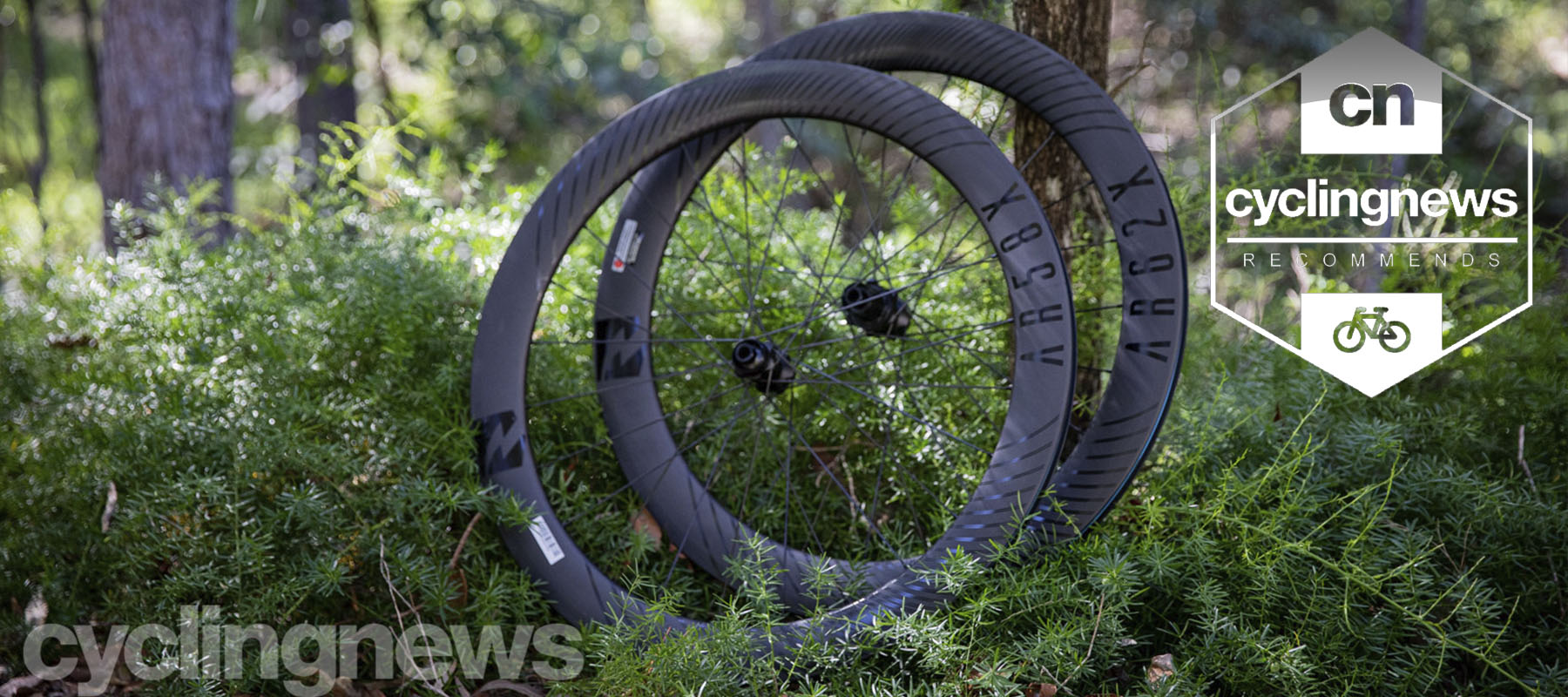Cyclingnews Verdict
A solid-value, deep-dish wheelset with a comfortable ride quality
Pros
- +
Predictable behaviour in crosswinds
- +
Comfort
- +
Price
Cons
- -
Some lateral flex
- -
Not much advantage over the AR
You can trust Cyclingnews
Reynolds wheels have always managed to strike a balance between performance and price. Because of this, the brand's Attack, Assault and Strike wheel ranges have been supremely popular over the years. Those three product lines have been brought under the AR (All Road) moniker.
Boasting a 58/62 rim depth configuration, the ARX wheels pictured here are the premium option in this range and can be used on both Tarmac and light gravel. With an attractive price tag, do these wheels measure up against the best road bike wheels?
Design and aesthetics
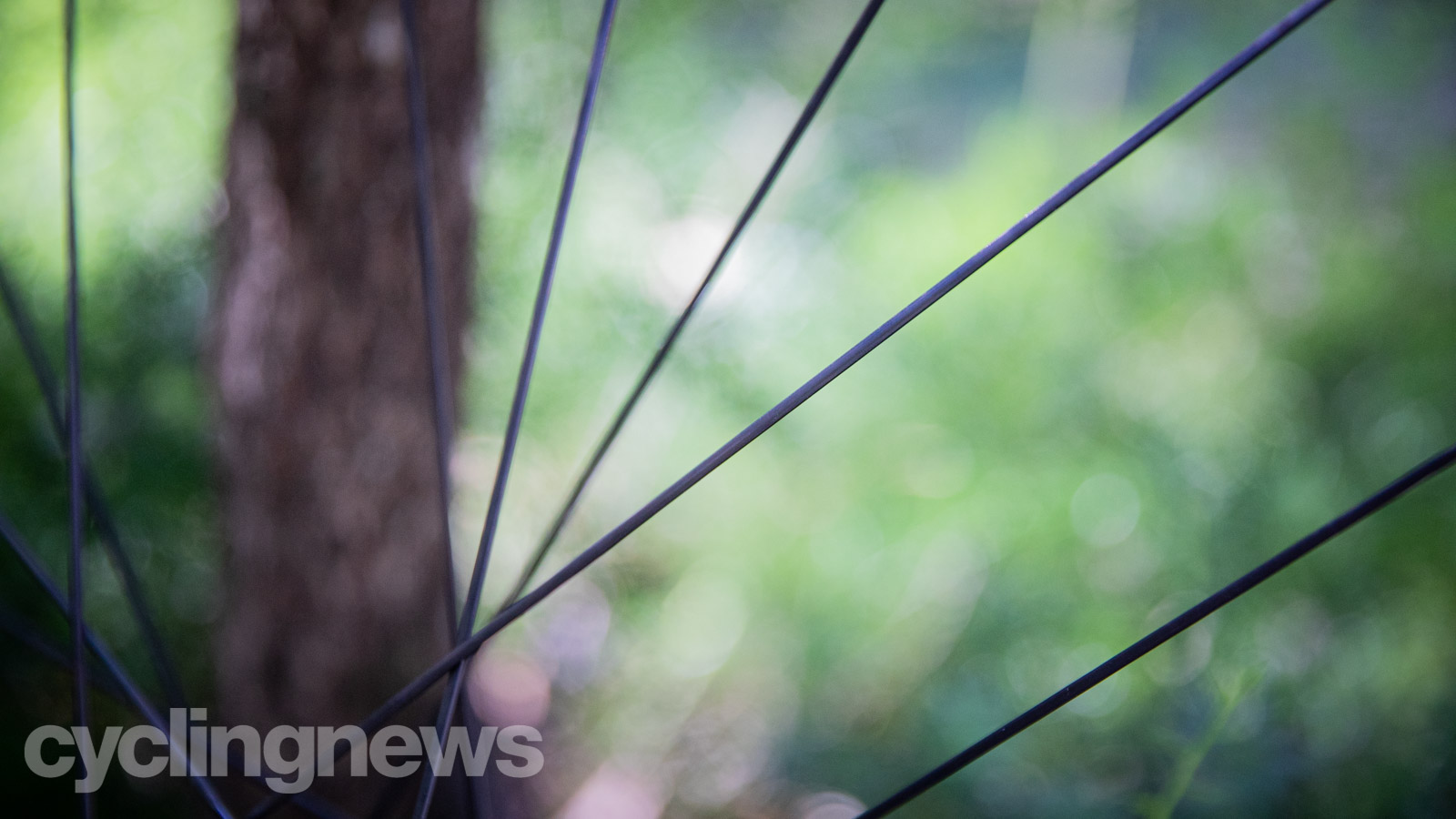
The AR and ARX series wheels use the same rim, albeit with slightly different decals, and the main difference between the two are the spokes and hubs. The AR series wheels use Reynold's TR3 hub, with round Sapim Sprint spokes and brass nipples, while the ARX wheels get an upgraded All-Road hub with Sapim CX Spring bladed spokes and alloy nipples. Both have 24 spokes in the front and rear and offer 10-degree engagement in the hubs. The logos on the AR wheels are standard black vinyl stock, while the ARX hoops see some smart-looking water transfer decals.
At the time of writing, I actually had a set of the AR 58/62 wheels that came fitted on a test bike, so I had the opportunity to directly compare the two. While the two feature identical rim profiles, there's a 69g difference with the AR tipping our scales at 1,733g and the ARX weighing 1,664g. The difference in weight is attributed to the spoke and hub architecture.
The front wheel measures 58mm deep, with an inner rim width of 19mm and an external width of 28mm, while the rear wheel is 62mm deep, and measures 21mm internally and 30mm on the outside. Reynolds says this makes the front wheel a bit faster through the air and adds stability and stiffness where you need it at the back.
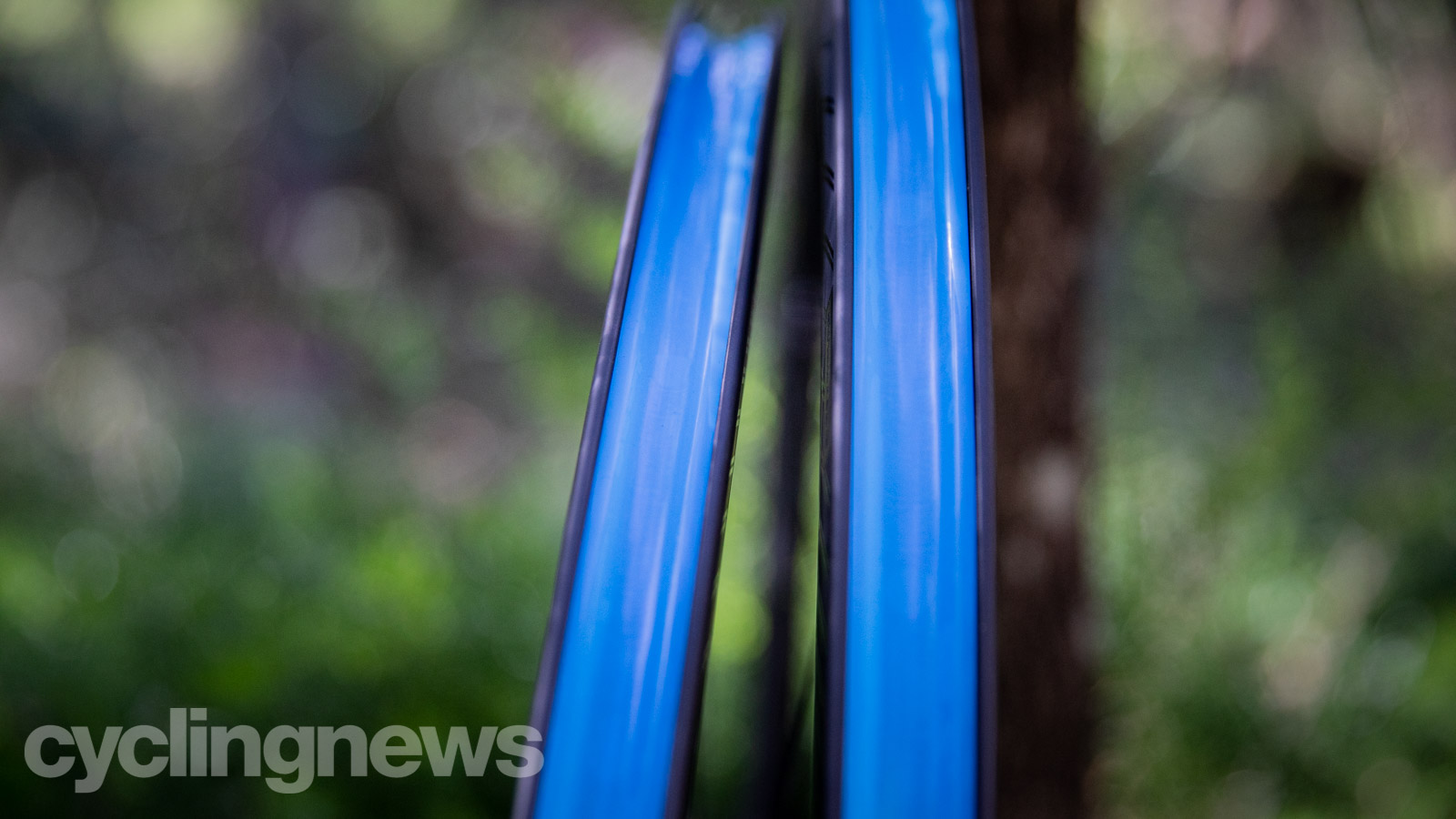
According to the Reynolds spec sheet, the rim itself features a modern profile that is somewhere between and 'V' and 'U' shape. The brand doesn't make specific claims about watts saved at particular speeds, with the only mention of the wheels' aerodynamics being 'the rim shapes, which have been optimised for crosswind stability at a variety of yaw angles. '
The wheels come pre-fitted with rim tape, and Reynolds throws in a set of tubeless valves, too. I had no issues getting various tubeless tyres to seat with nothing more than a cheap floor pump and a splash of Orange seal.
Ride experience
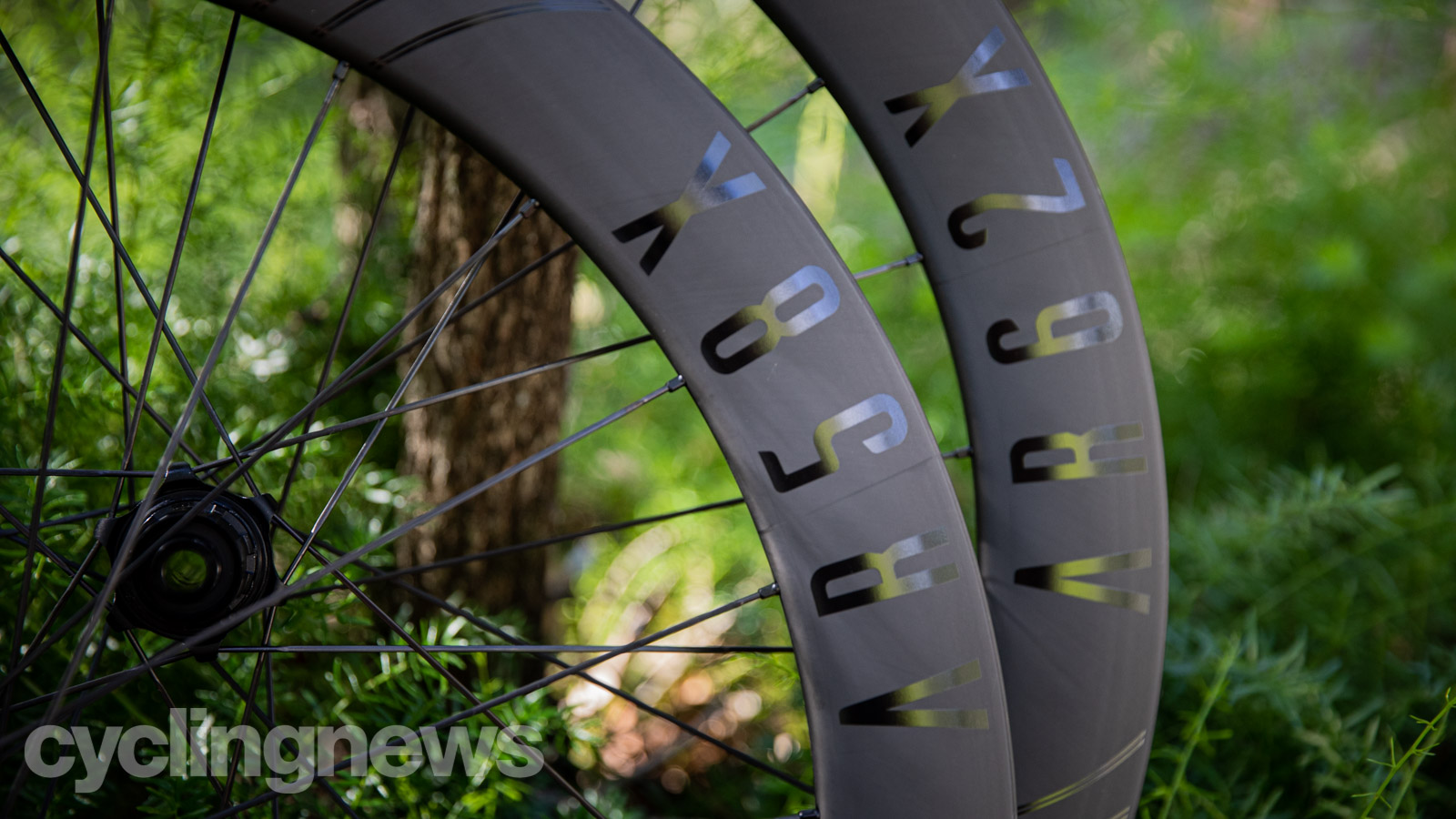
With deep mullet rim profiles, these wheels are naturally pitched towards speed and flat terrain. When you hit about 28-32km/h, they maintain momentum with relative ease. Getting them up to that point is not difficult either - they spin up enthusiastically without making too much of a fuss.
Even with the comparably short spokes in the rear wheel, thanks to the rim depth, they are not the most laterally stiff wheels in the segment. I think that some of this flex is due to the hub flange's relatively narrow width. At only about 50mm, it doesn't create much of a brace angle for spokes to push up against.
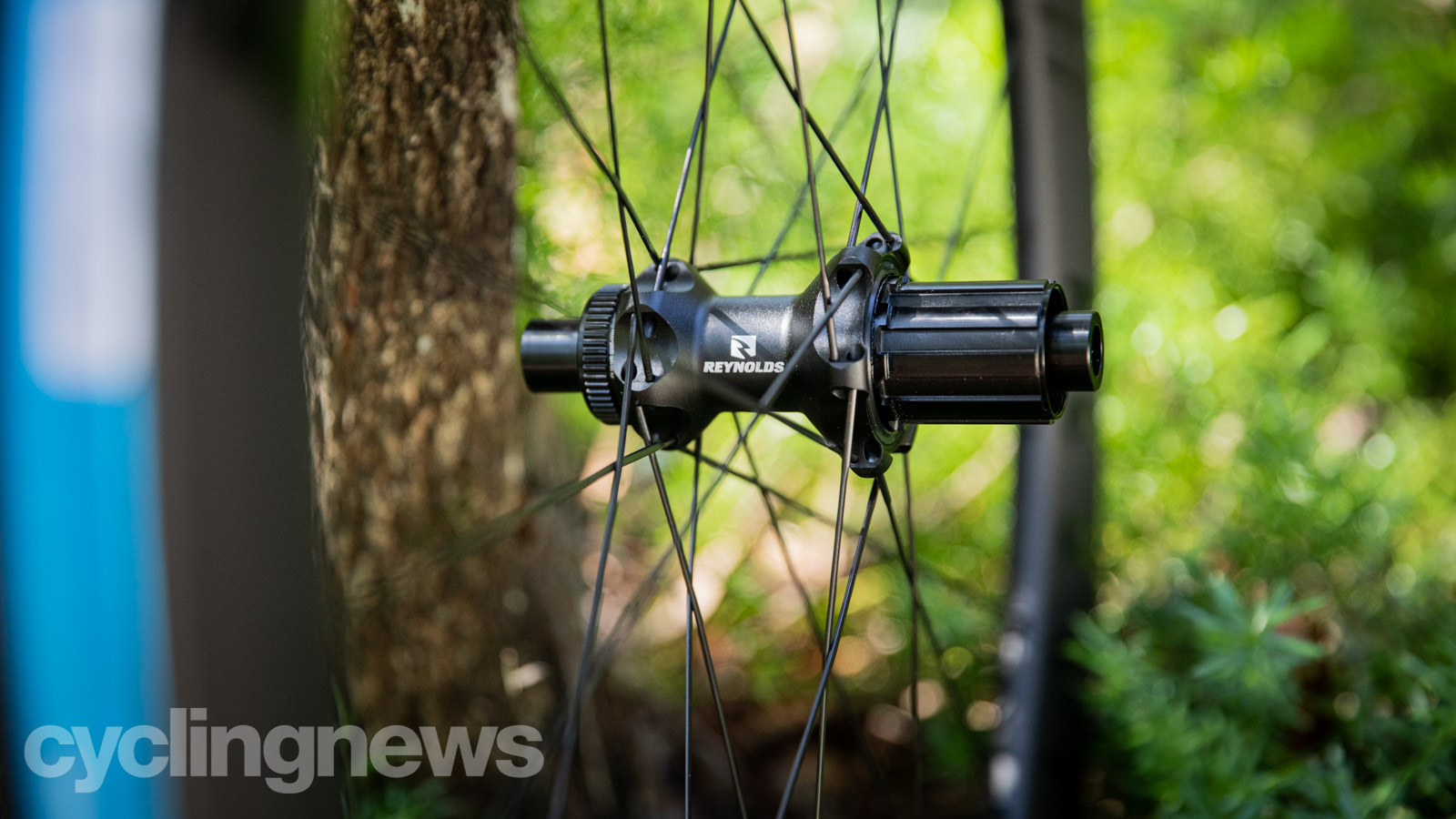
The rims do catch crosswinds which is expected from hoops that measure north of 50mm deep. When they do react to gusts, they are predictable, and the buffeting is manageable.
The Reynolds wheels are compliant regardless of the road quality and this instills in the rider a greater level of confidence - especially when bolting down a descent at speed. Much of this comes down to the lower tyre pressures afforded by the tubeless setup.
Verdict
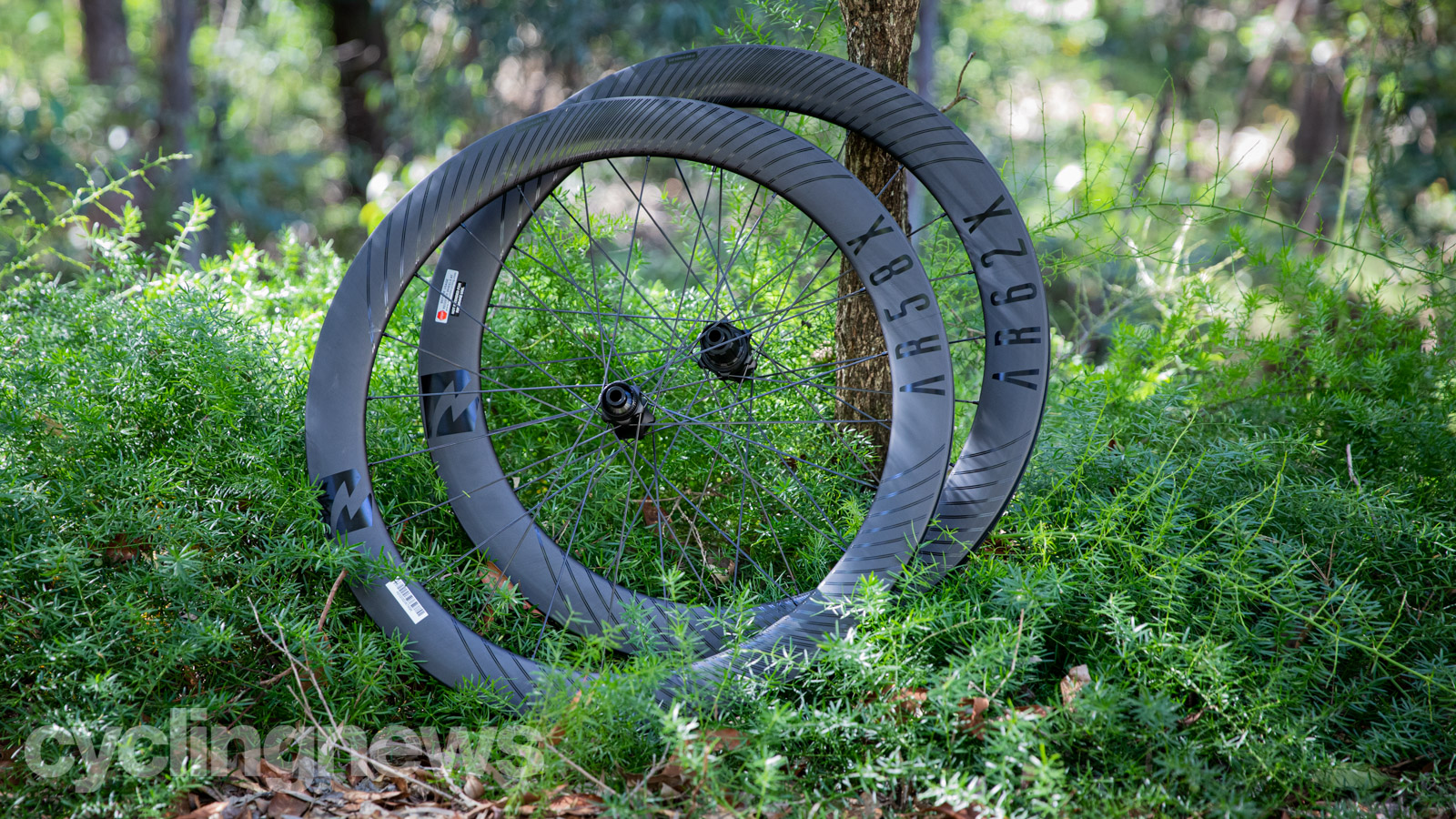
The Reynolds ARX wheels are an ideal option for those looking to upgrade from their stock hoops. Furthermore, they can also double up as an excellent race wheel based on their proficiency at maintaining speed.
Given they are priced at $1,549.99 / £1,299.99 / AU$2,399.99, the ARX 58/62 demonstrates serious value for money. But the real question is, are they worth the extra $250 over the AR version with the same rim, marginally heavier hubs and round gauge spokes? Having tested the AR and ARX back-to-back, I honestly couldn't tell the difference as far as performance is concerned.
Tech Specs: Reynolds ARX 58/62 Carbon wheelset
- RRP: $1,549.99 / £1,299.99 / AU$2,399.99
- Weight: 1,664g
- Depth: 58/62mm
- Internal width: 19mm (58), 21mm (62)
- External width: 28mm (58), 30mm (62)
- Spoke count: 24/24 front/rear
- Tyre format: Clincher, tubeless
- Brake: Disc
Based on the Gold Coast of Australia, Colin has written tech content for cycling publication for a decade. With hundreds of buyer's guides, reviews and how-tos published in Bike Radar, Cyclingnews, Bike Perfect and Cycling Weekly, as well as in numerous publications dedicated to his other passion, skiing.
Colin was a key contributor to Cyclingnews between 2019 and 2021, during which time he helped build the site's tech coverage from the ground up. Nowadays he works full-time as the news and content editor of Flow MTB magazine.
